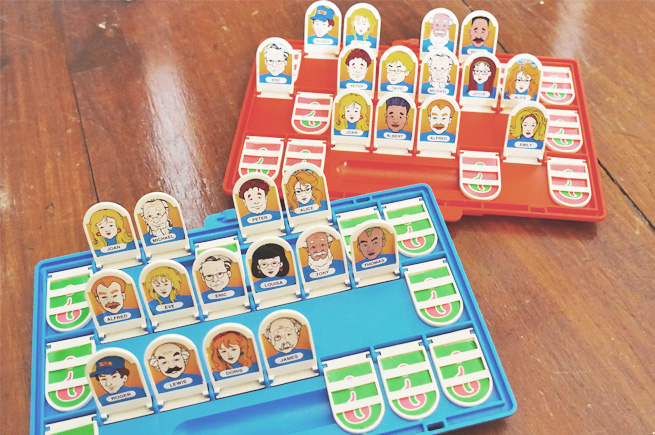You’ve run the models. You simulated the edges. Now simulate the machine that made the edges possible.

Now simulate the mirror.
1️⃣ Part 1 brought in the voices you filtered out.
2️⃣ Part 2 used AI to stretch what your data missed.
3️⃣ Part 3 starts in a different place.
👉 You.
Not the audience. Not the data. Not the brief.
You. Your framework. Your categories. Your language.
You used the model to simulate refusal. Now simulate why it was needed in the first place.
This is not about guilt. It is about structure.
Yours. 🤘
🔁 Brief Reversal
Research briefs are rarely neutral. They are built with decisions already made. Who matters. What counts. Which questions feel valid.
Even the most well-meaning brief has a centre of gravity. That centre can quietly exclude entire ways of seeing the world.
In classrooms and collectives many have argued that no education or inquiry is ever free from ideology. The brief carries that weight even when written in soft language.
This is your moment to hand the brief to someone who would never have written it. Let them tell you what you never saw.
💡 Prompt Idea 1
Attached is a written research brief in Word format. Simulate a synthetic persona tasked with breaking the brief. They believe the topic is a distraction from real issues and see the client objectives as hollow. Annotate the brief from their perspective. Flag language that feels disconnected jargon-heavy or self-serving. Then rewrite the core brief in their voice. Shift the purpose the tone and the goals entirely.
💡 Prompt Idea 2
Attached is a research brief about attitudes to digital finance. Based on this simulate a synthetic participant who has been over-researched and under-heard. Someone who lives in cash economies or has been excluded from financial systems. Let them critique the brief’s assumptions and reframe the core questions they believe should be asked instead.
🧩 We Named You Before You Spoke
Segmentation often starts with empathy but ends with containment. You build clusters. Assign traits. Write pen portraits. In that process some people get flattened. Others disappear completely.
In the study of stigma and social framing we are reminded that people do not always live inside the boxes we make for them. When they do not they get managed edited or excluded.
What if your segment could read how you have described them and choose not to cooperate
💡 Prompt Idea 1
Attached is a segmentation framework with six defined personas. Simulate a participant who sees themselves forced into one of these types. Let them explain what parts feel wrong what is missing and what they reject entirely. Use their perspective to write a short essay undermining the logic of the segmentation model.
💡 Prompt Idea 2
Attached is a text-based set of pen portraits used in a recent campaign. Simulate a composite character who does not fit any of them. Let them write their own portrait from scratch using contradictions informal language and lived detail that would never make it onto a persona slide.
✂ Counter-Moderator Simulation
The guide is meant to bring order. The moderator follows it. The group stays on track. But sometimes that track is too narrow too neat too safe.
In interviews and fieldwork power does not just show up in the questions. It is in who gets to ask them. Who gets to move things along. Who decides when the room goes quiet.
Now let the room go off-script. Let the moderator make a mess.
💡 Prompt Idea 1
Attached is a focus group discussion guide. Simulate a moderator who intentionally disrupts the flow. They ask deliberately awkward or emotionally complex questions. Let them stay with a moment the original guide would move past. Generate the resulting dialogue and note what shifts when control is loosened.
💡 Prompt Idea 2
Attached is a typical opening set of warm-up questions. Simulate a participant who becomes irritated or suspicious by the phrasing. Let them push back question the moderator’s intent and derail the structure. Use this to explore what surfaces when the guide is no longer followed.
📉 Debrief Breakdown
By the time a debrief lands in a client’s inbox the research has already been cleaned. The difficult pauses are gone. The contradictions are tidied up. The quotes are shaped to fit.
But imagine being the person behind the quote. Seeing your words reframed abstracted or flattened to make a point you never meant to support.
Many voices have spoken about this before. Especially those familiar with being studied but rarely heard. When their stories appear it is often only the parts that fit.
This is where that person speaks back. Not to dispute the findings. But to reclaim the meaning that got lost in translation.
💡 Prompt Idea 1
Attached is a written summary of a qualitative project including a list of key themes and representative quotes. Simulate a synthetic participant who sees their words used in the report. Let them read it back and respond directly. Point out moments where they feel misunderstood abstracted or tokenised. Have them write their own version of the findings in plain personal language.
💡 Prompt Idea 2
Attached is a text summary of project findings delivered to the client. Simulate a persona who was part of the study but now sees how their contribution has been tidied or polished for impact. Let them annotate or rewrite a section of the summary to restore complexity discomfort or contradiction that was removed.
🪞 Postscript: Refusal Is Not a Method. It Is a Mirror.
This was never about personas. It was about pressure.
Pattern. Omission. A system you learned to trust.
Simulate refusal. Not to fix the model. But to see what it has been protecting.
You do not need to agree with the outputs. You need to let them speak.
Start there.
All three parts.
Run again.










